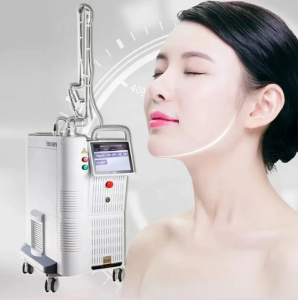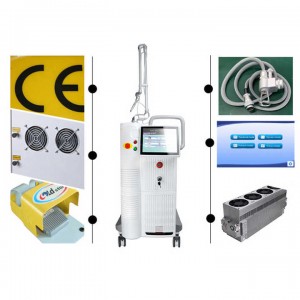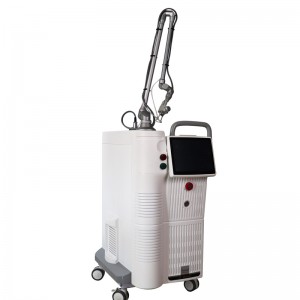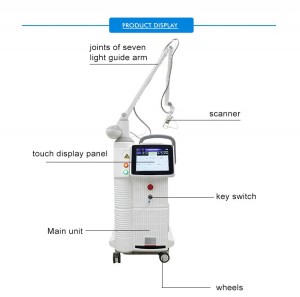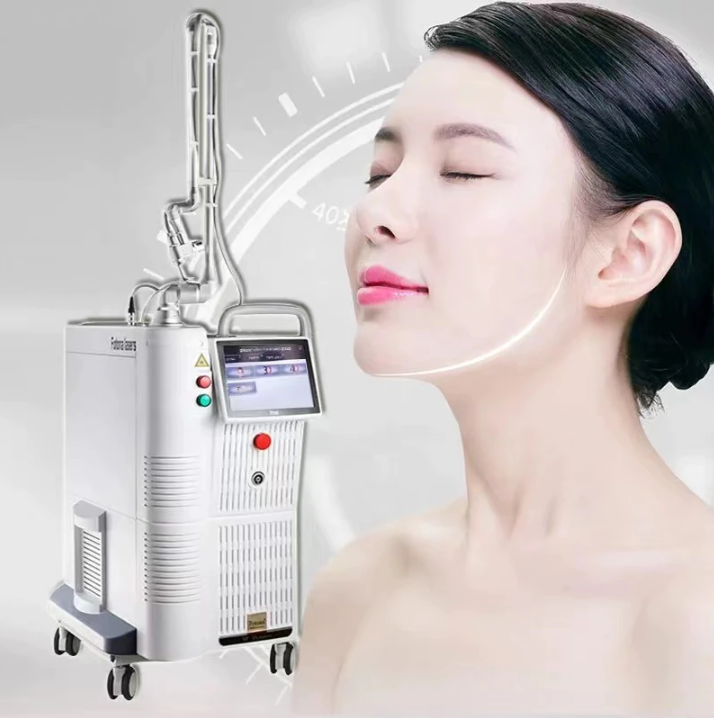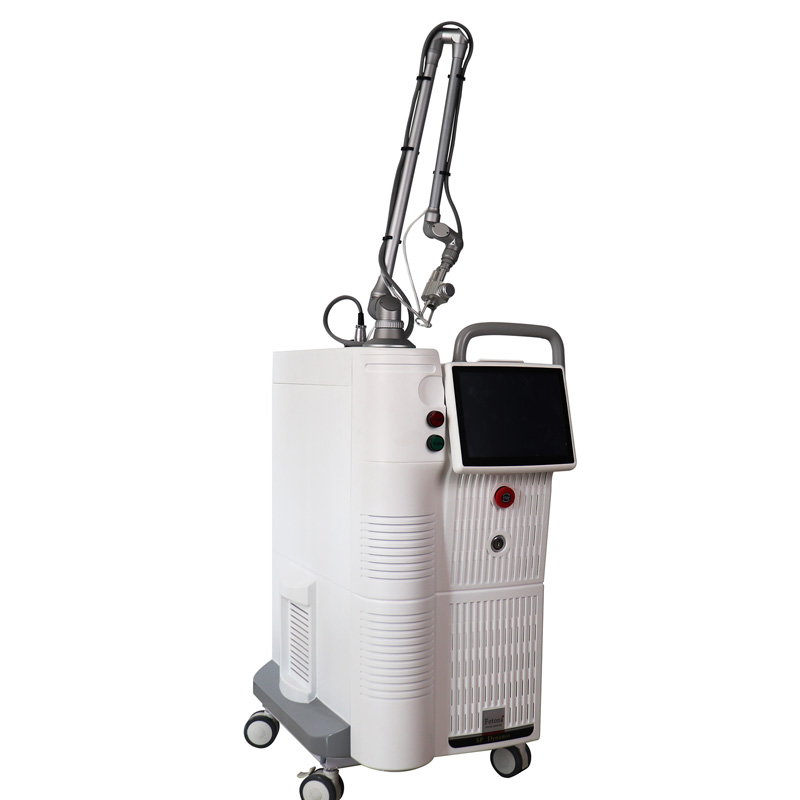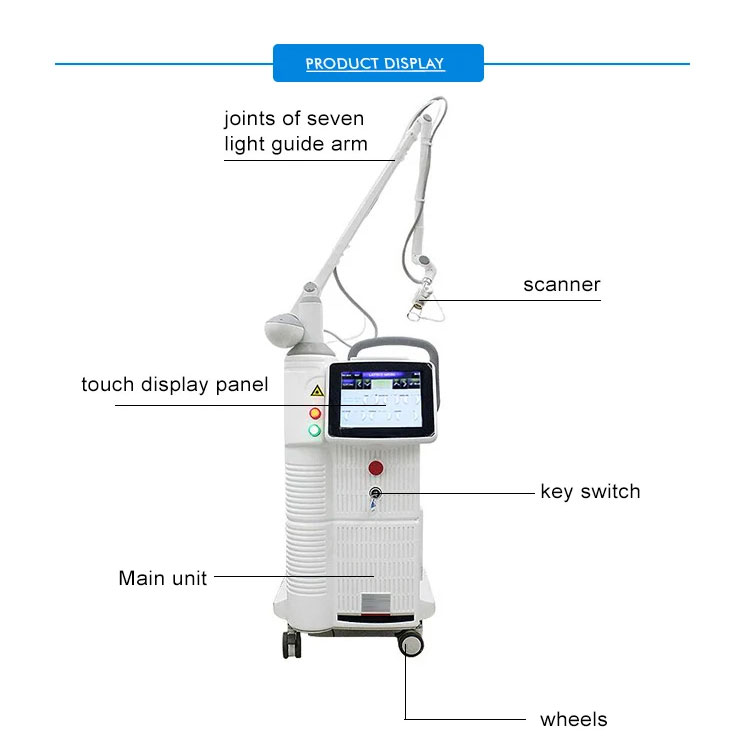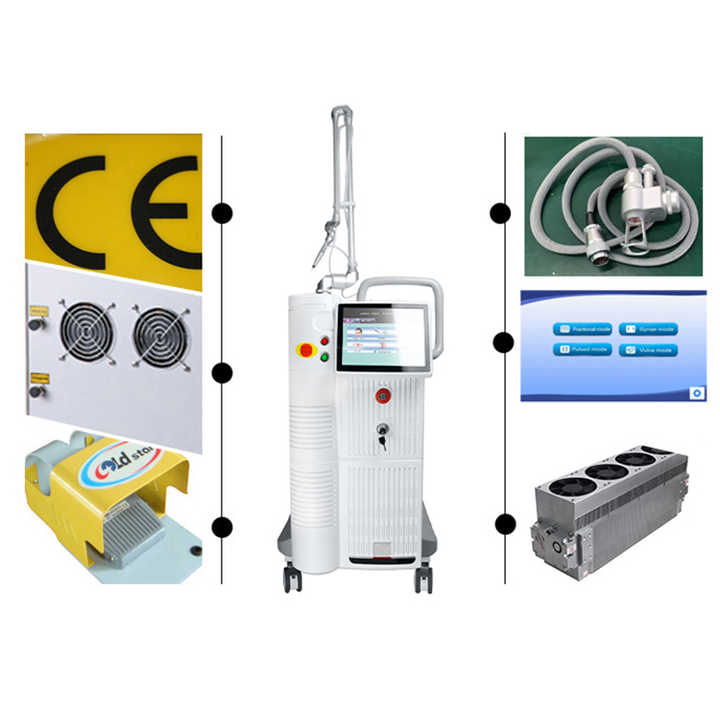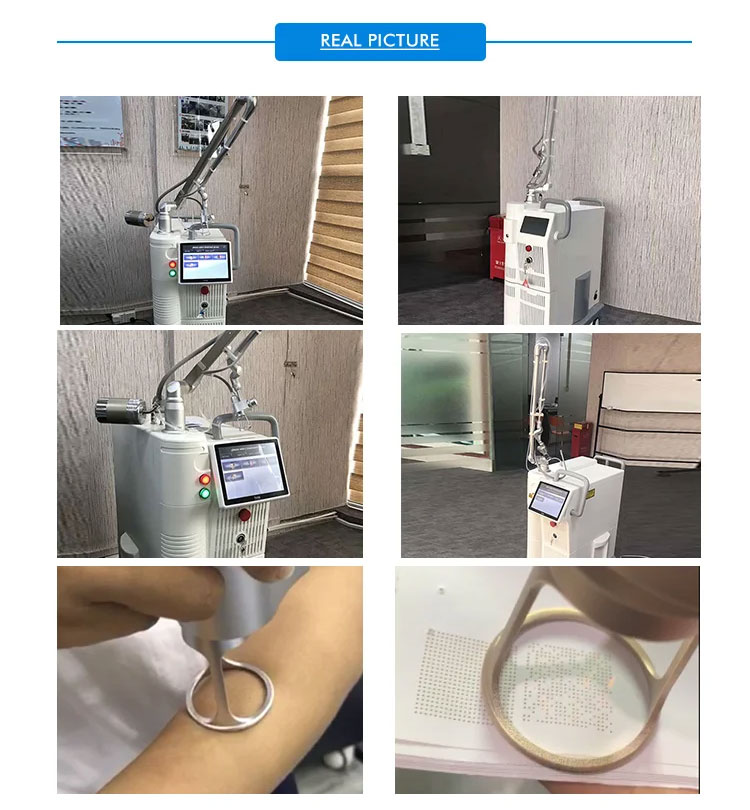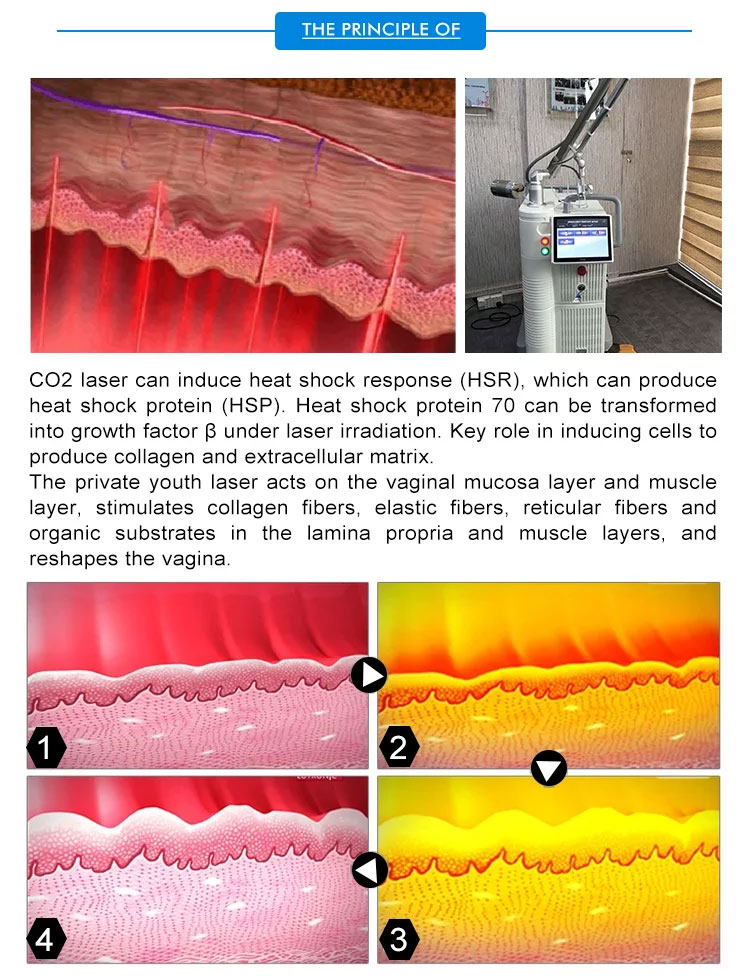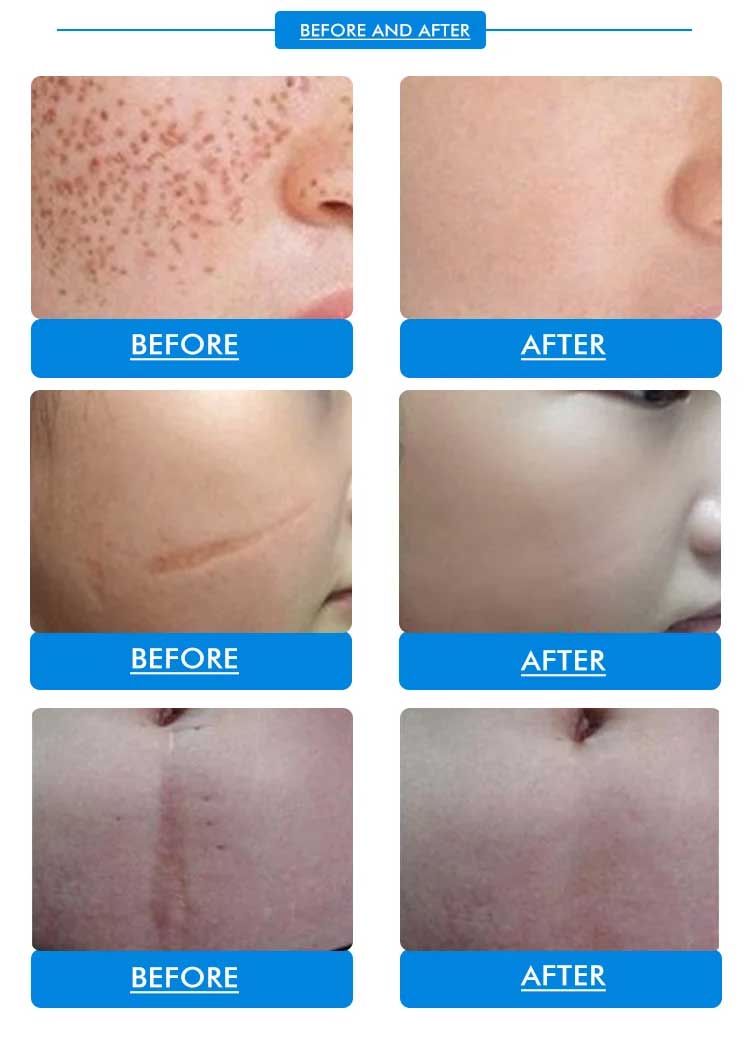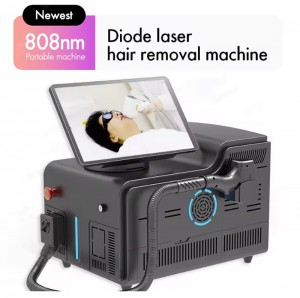Fotona 4d SP Dynamis Pro
Traditional ablative laser skin resurfacing treatments using lasers such as fractional CO2 have long been considered the gold standard for skin rejuvenation. Fotona Er:YAG lasers produce less residual thermal injury and hence a much reduced depth of tissue injury compared, with quicker healing and much reduced down time in comparison with traditional CO2 lasers.
Fotona 4d SP Dynamis Pro improves upon existing laser resurfacing with a protocol that combines high efficacy with minimal downtime and minimal chance of side effects. A number of non-ablative treatments using different wavelengths have been developed but few have the safety and efficacy of Fotona 4D. With traditional ablative techniques, a reduction of superficial imperfections such as photodamaged skin can be achieved, but with nonablative methods, a thermal effect produces a wound healing response and the stimulation of collagen remodeling, leading to tissue tightening.
Unlike other facial rejuvenation techniques, Fotona 4D does not involve the use of any injections, chemicals or surgery. It is ideal for those who are wanting to appear rejuvenated and also wish to have minimal downtime following the 4D procedure. Fotona 4d SP Dynamis Pro uses two laser wavelengths (NdYAG 1064nm and ErYAG 2940nm) in four different modalities (SmoothLiftin, Frac3, Piano and SupErficial) during the same treatment session with a goal to thermally stimulate various depths and structures of the facial skin. There is lower melanin absorption with Nd:YAG lasers and therefore less concern for epidermal damage, and they may be more safely used to treat patients with darker skin. Compared to other lasers, the risk for post-inflammatory hyper-pigmentation is very low.


